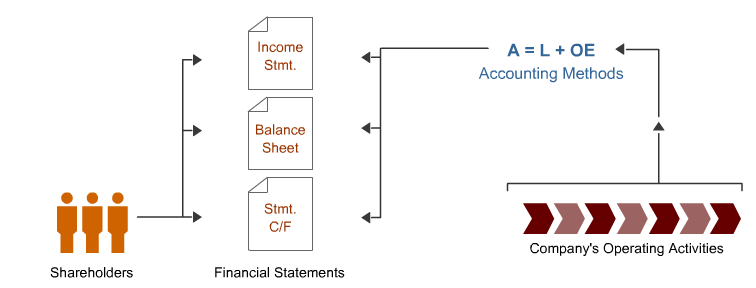
The Balance sheet gives a snapshot report of the mix of a company's resources and claims as of a particular reporting date.
Even though there is no physical possession of an inventory, if B company has control over that property, then transaction is made.
The final transaction in the start-up phase also involves the acquisition of an asset. If you were CPX, it wouldn't seem fair to sell your existing supplies of ReallyKleen inventory and receive Orphan Brands' commitment to buy more inventory over time. Why? Because CPX has invested time and money in developing a brand. Let's assume that investment resulted in annual revenues of $15 million and respectable profits.
There's value here well beyond the $2 million of inventory. The bulk of the value of the business is in the ReallyKleen brand and not in the existing supplies of the product itself. Assume that CPX and Orphan Brands agree that the brand has a value of $6 million. And further assume they agree that Orphan Brands will pay CPX with a package of consideration that consists of cash ($4.5 million), debt ($500,000) and equity in Orphan Brands ($1.0 million).
-> 사업설립의 초기 단계에서 다루어지는 브랜드 자산에 대한 내용은 언급한 것이다. 이전에 회계에 대해서 관심이 많지 않던 시절에는 생각해보지 않았던 건데, 우리나라에서 부동산에 대해 적용되는 권리금의 개념이 사실은 이 Trademark value와 일맥상통하는 것이라 생각된다. 실제로 외국인들의 경우이 권리금에 대해서 인정을 잘하지 못한다고 하는데 어쩜 그건 논리적으로 이해가 않가는 것이 아니라 그 value에 대한 객관적인 기준이 없기 때문에 그런 것이 아닌가 싶다. (외국인들 시선에서 객관적인 기준말이다.)
